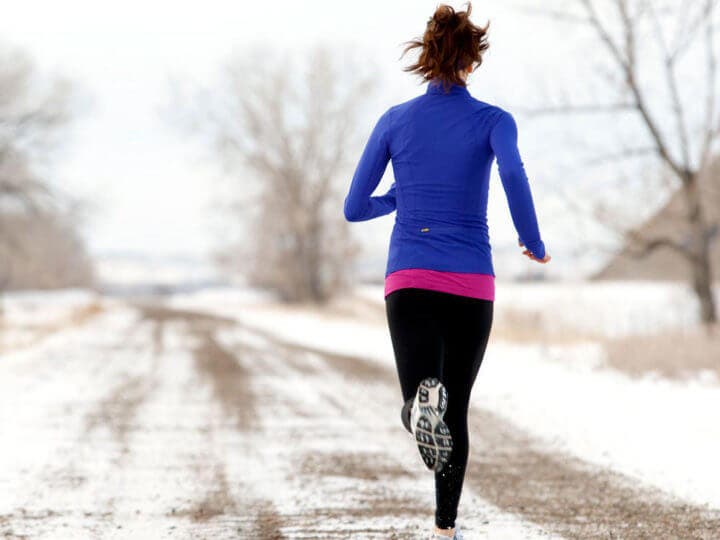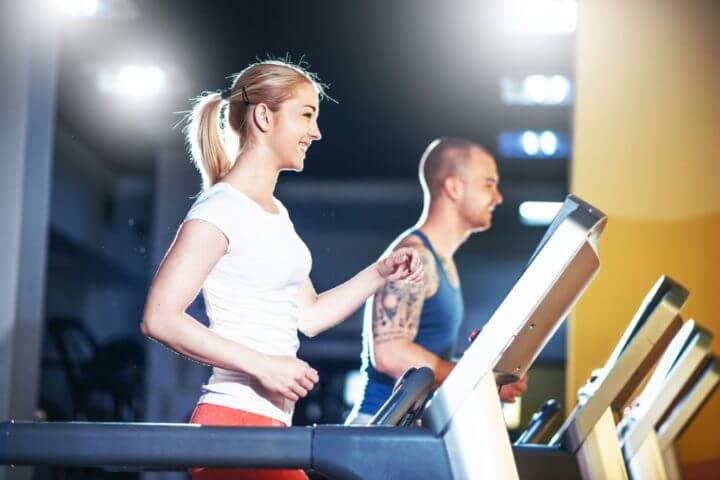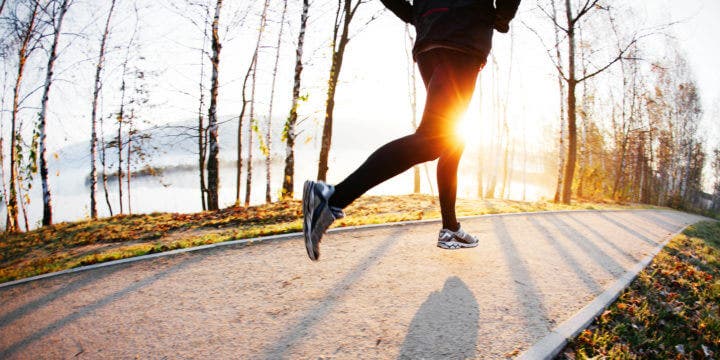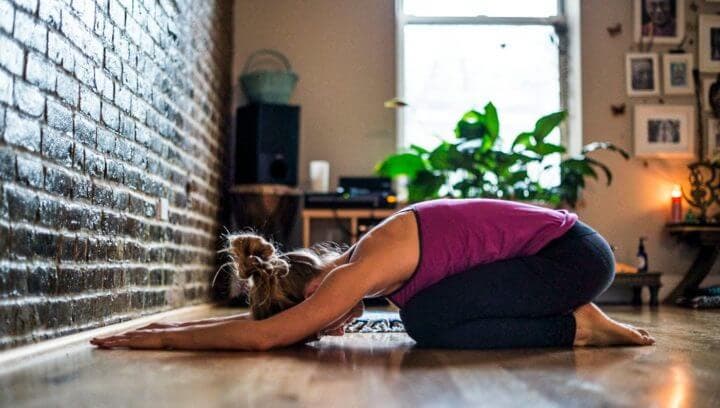As we advance in health, new training methods appear. This time around, cold workouts are the latest and greatest in some gyms. The most remarkable feature of this type of routine is, without a doubt, the temperature. Normally this ranges from 8 to 16 ° C.
Being a trend that is just emerging, few gyms can offer you this routine; however, you can get the same feeling on your own if you train very early or at night, especially during winter.
Any type of training can be adapted to this temperature; However, some, like yoga, need maximum flexibility, which makes it difficult to practice cold; In contrast, cardio and endurance activities that require intervals go hand in hand at these temperatures.

Precautions before training at low temperatures
You cannot forget the exercises prior to your routine, no matter what type of activity you do. Studies have shown that heat makes your muscles and ligaments more flexible, which is good because it helps reduce the risk of injury (Petrofsky, Laymon & Lee, 2013). However, when the temperature in these parts of your body drops, they tend to stiffen and are more prone to injury.
Your body is not adapted to such low temperatures, so warming up is very important in this type of routine.

Benefits of training at low temperatures
Workout routines performed in temperatures around 8 and 16 degrees Celsius offer runners and other athletes, even gym loyalists, a host of benefits that actually add up to more effective training.
1. Keeps you cool
The longer you exercise, the more heat your body will produce. All that heat generated by activity must be dispersed for your muscles and internal organs to work properly.
This also helps dissipate the heat from the gym – a cold gym makes the surface of your skin cool and the heat in the environment will dissipate much easier and faster.
This type of temperature forces you to train much more than normal to adapt your body to its environment. Obviously, this creates sweat, which keeps your body from overheating and cools it down. Thanks to this extra effort, you will notice a notable increase in your heart resistance and lung capacity.

2. Increase your performance
A study conducted found that the perfect temperature for your training ranges from 8 to approximately 16 ° Celsius; that is to say, a cool place, but not cold.
Different experts analyzed marathon runners and diagnosed that the best performances happened in that temperature range. This is due to the fact that the effort is perceived less training at low temperatures (Ibrahim, Chen, Ayub and Muhamad, 2017)
In addition to this, you have the release of endorphins and various hormones that generate a feeling of well-being and facilitate the proper functioning of your body.

How do you train in cold gyms?
Some gyms place the exercise room in a large, insulated refrigerator to avoid spending large amounts of money on air conditioning. This makes energy expenditure more efficient.
In general, these establishments offer 3 types of training at different degrees of temperatures.
- The coldest, which takes place at approximately 8 ° C, consists of high-intensity interval training that incorporates battle ropes, bodyweight and strength exercises.
- The second training is given at 12 ° C and uses slideboards and sandbags.
- The third is at a slightly cooler 15 ° Celsius temperature, in which a version of yoga is offered.

conclusion
Training routines at low temperatures may sound like low productivity and absence of heat, but nothing is further from the truth: it gives you excellent benefits forcing you to work harder by increasing your performance. Also, these temperatures will prevent you from overheating.
References
- Ibrahim, NS, Che, CK, Ayub, A. and Muhamad, AS (2017). Effects of prolonged running in the heat and cool environments on selected physiological parameters and salivary lysozyme responses. Journal of Exercise Science & Fitness . doi: 10.1016 / j.jesf.2017.08.002.
- Petrofsky, JS, Laymon, M. and Lee, H. (2013). Effect of heat and cold on tendon flexibility and force to flex the human knee. Medical Science Monitor . doi: 10.12659 / MSM.889145
